Table of Contents:
- A Brief History of Muaz
- About MC111
- A Humble Beginning
- About UED102
A Brief History of Muaz
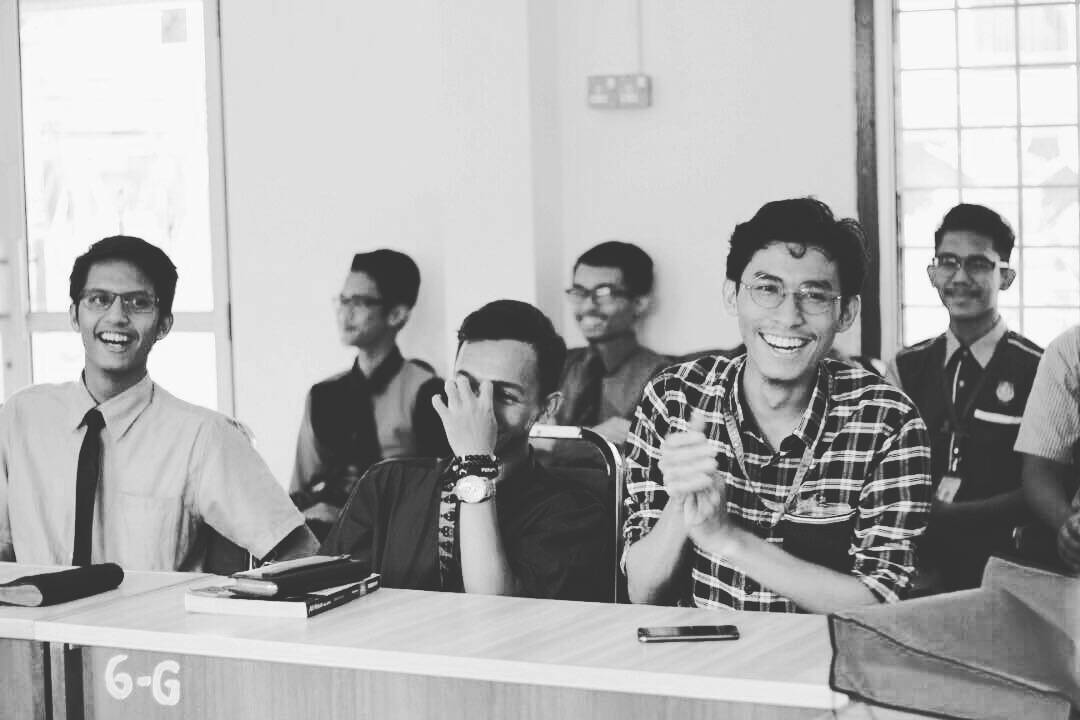
Salam Taaruf and Hello,
My name is Nik Muaz Hakim, a boy with short hair living in a small town in Kajang, Selangor, Malaysia. I am the eldest brother for 4 siblings. It also means that I’m the first kid in my family (besides my parents) to experience university firsthand.
I graduated highschool (MJSC Merbok, Kedah), and did many freelance works at home from 2016 to 2017. The most memorable one was when I was tasked to design a collection of WeChat stickers for Hari Malaysia.
As of right now, I am still in my INTERIM week of freshman year in New Media Communication and Contentpreneurship at UiTM Kampus Alor Gajah, Lendu, Melaka.
If you see me walking about in UiTM, don’t be shy and say Hi! I love Lindt & Sprüngli Chocolates and durian, especially the Musang King variety. But most importantly, I think that there is nothing more truly sweet than to love my Ohana.
“Ohana” means “family.” “Family” means “no one gets left behind.” – Lilo 2002
Along my path on becoming the next Malaysian to grace the billionaire list on Forbes, I have done quite a number of things that I can put on my list of milestones;
- Me and my team won 2nd place in the International PRIDE Robotic competition 2015. – I was tasked to design and market the robot to the board of juries
- I won 3rd place in National STEM Camp, Melaka 2015. – I build a gaming app that could simulate children’s brain by visualizing them certain problems that they could then solve. Me and my advisor, Prof. Ridzuan (Cyber-security Specialist) made a case study on it too!
- I was an early adopter of Bitcoin on 2015 when it was running on RM400~ in the market.
About MC111
What is that? MC111 is actually a course code for Diploma in New Media Communication and Contentpreneurship which shares the same roof as MC110 – Diploma in Mass Communication and Media.
The interesting part is, MC111 is still under the mass communication faculty even thought our course are completely different!
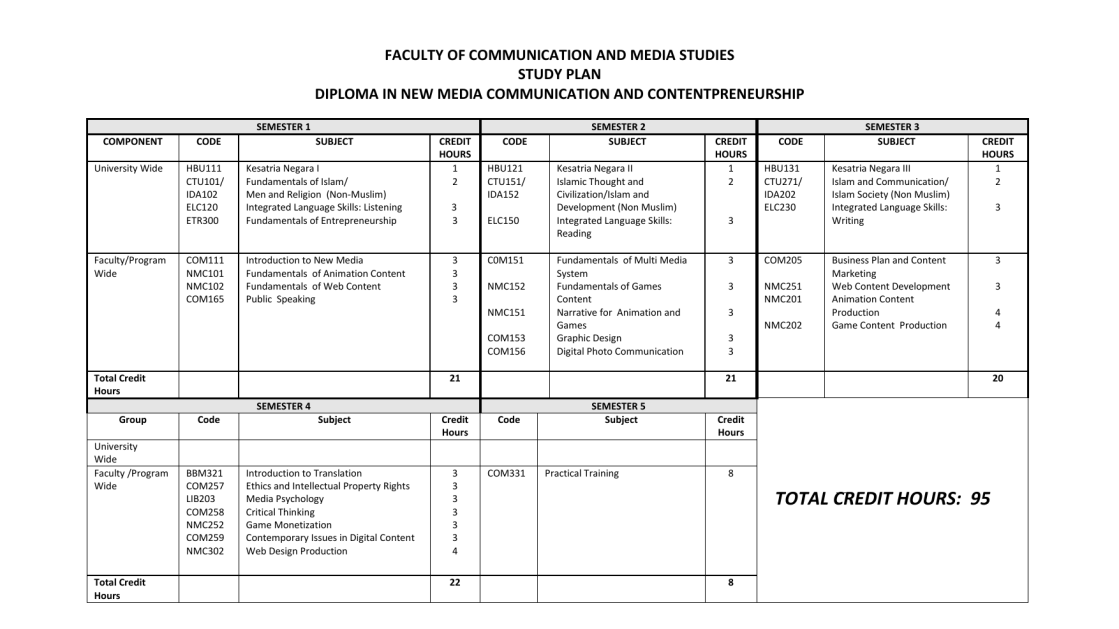
This was the first choice I listed on my UPU registration. Alhamdulillah, I got accepted in this course.
A Humble Beginning
On my 2nd week of Interim, I was introduced to Miss Wan Azfarozza binti Wan Athmar (Miss Wan), the lecturer who will be teaching me about New Media.
Miss Wan was also given the task to handle us first years on understanding education skills. This portfolio (yes, this one you’re reading right now) was one of two assignments that was given to me by her and let me tell you, it was a herculean task to deal with.
I know in the future, more demanding assignment awaits, but I hope that it will be fun as this one.
About UED102
Table of Contents:
- Getting Ready to Learn
- Goals Settings
- Time Management & Organizational Skills
- Memory , Learning , Improving Concentration
- Taking Lectures Notes
- CGPA Worksheet
Getting Ready to Learn
I was introduced to many new topics that totally took me by surprise, and in my opinion everyone should take note on this too! This is a few of the most important ones to ready yourself to venture to the unknown.
1.Characteristics Of Successful Students
- Accept Responsibility – By volunteering to be the class rep or the captain in the sports team will make you an example to other students for being brave and responsible
- Self Motivated – We all need to learn the satisfaction that comes from completing a task independently. Our parents can provide the groundwork for self-motivation through simple chores around the house that make children feel as though they are a contributing member of the family.
- Be Responsible – Students also need to feel the responsibility such as doing the assignments when given from the lecturer and also such as throwing all the rubbish in the dorm because if the small things we cant handle than we cant handle the big ones.
- Accustomed To Routines – Make a study schedule so that you can balance about social life and studies because we all cant keep on studying and forget about our social life . It is also one of the reason that why so many teenage tends to feel stress and depressed when they don’t get the marks they wanted.
- Rule Follower – Successful students know how to obey the rules of the university. Students need to have rules and structure in the home that teaches the value of boundaries and the security that comes from remaining within those guidelines.
2.LSI
Learning Styles Inventory (LSI) is divided into 3 parts :-
- Visual
- Auditory
- Kinesthetic
After participating a number of tests, it is now known that my learning style is Visual and Auditory.
Just in case you have no clue what I’m saying, let me explain;
- Visual Learners learns by using their eyes and imagination mostly. They tend to learn from images , movies , demonstrations etc…
- Auditory Learners learns mostly using their ears. They have good ears and can hear differences between each tones and rhythm.
- Kinesthetic Learners are basically minor hyper-active kind of person. They tend to move a lot when they studying and a hands-on learner. They tend to learn by doing and have an active approach.
There are no secrets to success. It is the result of preparation, hard work, and learning from failure. – Colin Powell
Goals Setting
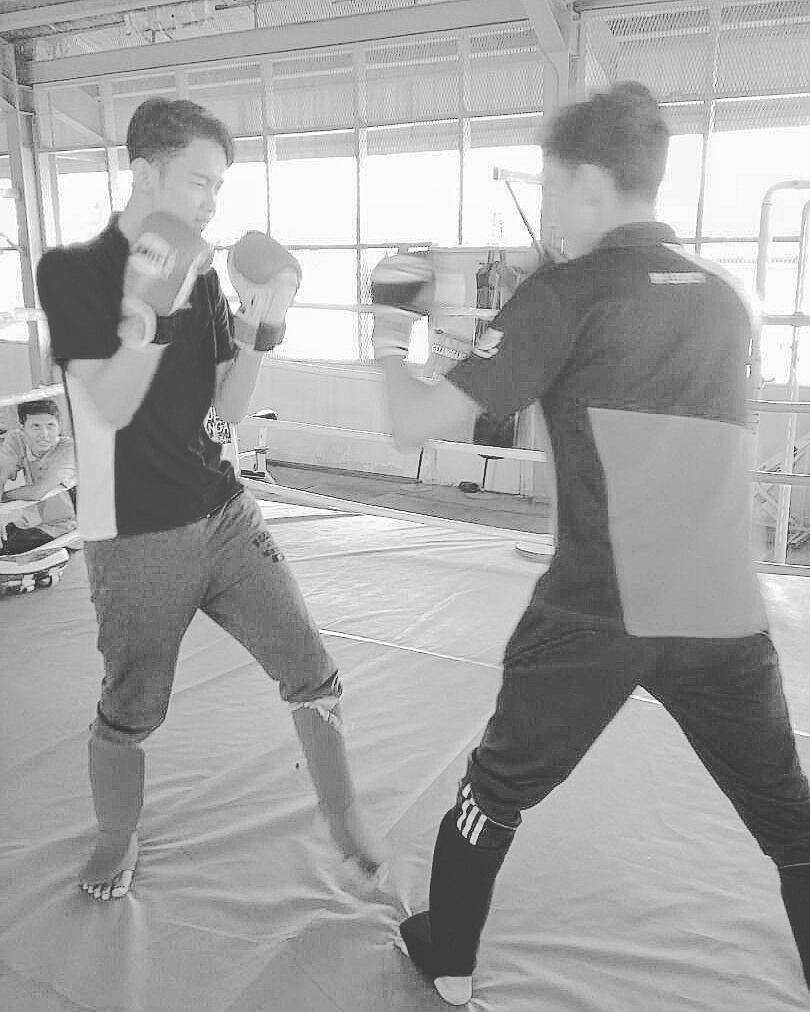
Remember the yearly resolution we write every January? I care less about whether you achieved it or you even ever tried. What’s important is that you, just made yourself a goal. So, let me share you mine!
Specific
- My goal is to enter the dean list every semester
Measurable
- It is Measurable
Attainability
- It is Attainable
Relevant
- It is Relevant
Time-Bound
- This goal is time-bounded for 5 semester
Academic Goals
- Score 4.0 GPA every semester
- Enter Dean list every semester
- Further my studies in business and design
Short Term Goals
- To stop procrastinating
- To gain more muscles
Long Terms Goals
- Be a billionaire
- Be a family-oriented dad
- Living a healthy lifestyle
Strengths
- Good at thinking
- Hard headed
- Not a picky eater
Weakness
- Heavy Sleeper
- Easy Sleeper
Obstacles
- Procrastination
Resources
- Lecturers
- Library
- Seniors
- Internet
Opportunities
- Learning to be an independent person
Threats
-
Procrastination
Time Management & Organizational Skills
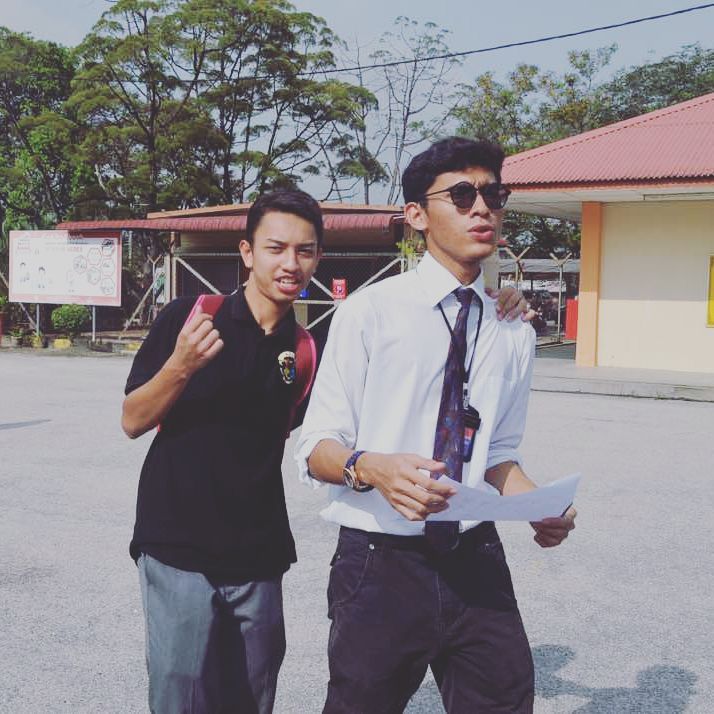
We have all been there, sitting on our ass an doing nothing all day. Procrastination is not to be blamed thought, imagine all the task we’ve been given by our lecturers and friends. It must be boring right? So here’s my take on combating procrastination.
Ways to prevent procrastinating
- Talk to yourself with kindness. Accept that you’re human, and be an optimistic coach rather than a negative critic.
- Talk to yourself about the negative consequences these role models faced when they procrastinated. Then find new role models to mimic, specifically those who take action and experience positive results because of it.
- Challenge yourself to open your mind and prove your bias wrong. Use the task as an opportunity to combat your bias.
- Make a habit of starting earlier than you think you’ll need to and work on completing your task early. This might compensate for any deficiencies in time estimation. Then, give yourself a reward for completing the task early or on time!
- Work on diminishing the importance of doing things perfectly and emphasize the importance of completing tasks in a timely fashion. Keep a list of examples of times when perfectionism has been unhelpful to you, and of times when task completion has been more helpful to you.
As i tell you about ways of preventing procrastinating , as students we also need to make our own time management strategies because we all need to learn how to manage our time very well to balance about studies and social life .
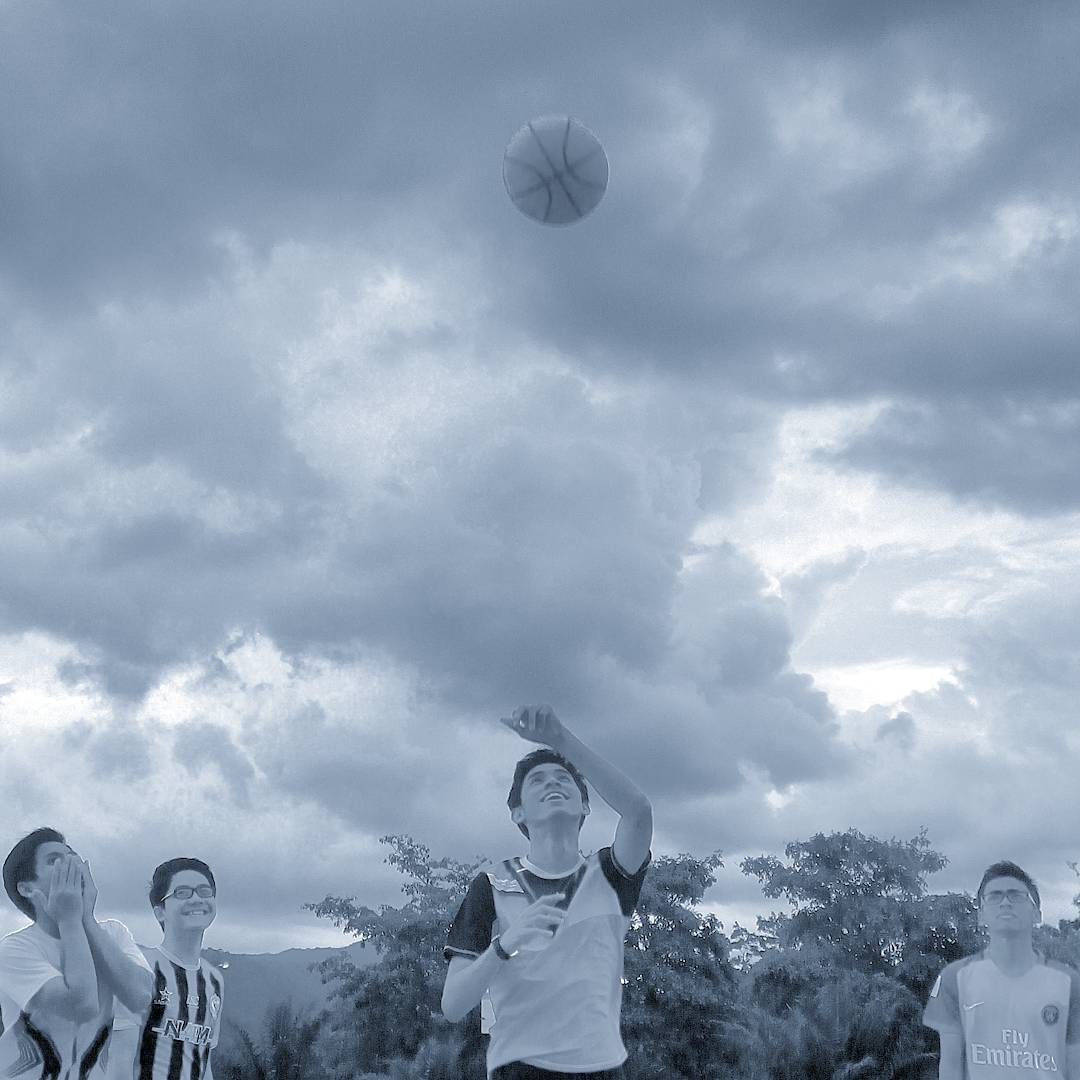
Time Management Strategies
- Start your day with a clear focus – The first work-related activity of your day should be to determine what you want to achieve that day and what you absolutely must accomplish. Come clear on this purpose before you check your email and start responding to queries and resolve issues. Setting a clear focus for your day might require as little as five minutes, but can save you several hours of wasted time and effort.
- Have a dynamic task list – Capture the tasks and activities you must do on a list and update it regularly during the day. Revisit this list frequently and add new items as soon as they appear. Make sure your list gives you a quick overview of everything that’s urgent and important, and remember to include strategic and relationship-building activities as well as operational tasks.
- Minimize interruptions – The more uninterrupted time you get during the day to work on important tasks, the more effective you’ll be. Identify the activities that tend to disrupt your work, and find a solution. For example, avoid checking emails and answering the phone when you’re in the middle of something important. Once you have broken your flow, it can be difficult to reestablish it. Instead, discipline yourself to work on a task single-mindedly until it’s complete.
- Limit multi-tasking – Many of us multi-task and believe we’re effective when we do so; but evidence suggests that we can’t effectively focus on more than one thing at a time. In order to stop multi-tasking, try these tips: Plan your day in blocks and set specific time aside for meetings, returning calls and for doing detailed planning and analysis work at your desk. Whenever you find yourself multi-tasking, stop and sit quietly for a minute.
- Review your day – Spend 5-10 minutes reviewing your task list every day before you leave the office. Give yourself a pat on the back if you achieved what you wanted. If you think your day’s effort fell short, decide what you’ll do differently tomorrow in order to accomplish what you need to. Leave the office in high spirits determined to pick up the thread the next day.
Advantages of being organised
One of the most important benefits of organizing your space is reduced stress. Simply having a more efficient system to keep track of your papers and appointments can help minimize stress-influenced conditions such as depression, ulcers and heart disease.Likewise a cluttered environment is difficult to dust and clean. Prolonged exposure to dirty and dusty living conditions can cause allergies to flare up or lead to diseases such as chronic bronchitis. Some of my clients have already slipped and broke an ankle while walking on their papers accumulated on the floor of their home
- Save time by not spending time looking for things.
- Save money by not buying items you already have.
- Instill confidence by knowing where things are in the home.
- Reduce stress related to lost items or lost information.
- Manage many activities and deadlines more efficiently.
Memory , Learning & Improving Concentration
Gaining memory strength and improving concentration is a very important thing for someone to become a successful person so here are some of the methods on how to learn strengthen memory and improving concentration
Method on how to strengthen memory
- Eat less added sugar
- Try a fish oil supplement
- Make time for meditation
- Get enough sleep
- Exercise more
While i was telling on how to strengthen memory method , we should also know about how forgetting occur on someone ;-
How forgetting occur on someone
- Inadequate Impression at the Time of Learning – The reason for inadequate impression is lack of attention and inadequate learning will is necessary for good memory. Forced learning results in no learning because forced learning distracts our attention.
- Laps of Time – With the passage of time what is learned or experienced is forgotten. This is a passive decay. The memory traces formed in the brain gets faded and becomes weather with the passage of time.
- Interference – One type of learning interface with the learning of another type is called theory of interference.
- Lack of Rest and Sleep – Continuous learning without rest and sleep may lead to greater forgetting due to inefficient consolidation. Experimental studies have shown that sleep following learning favours retention, it has also been found that saving is definitely greater after sleep especially with 8 hours interval. Forgetting is slow during sleep.
- Nature of the Material Learned – Amount of forgetting also varies with the nature of the material learned. Ebbing Hans and others have verified the fact that humans remember things that are meaningful better than things that are not.
Strategies to improve concentration
- Pay attention – You cannot take in information unless you are paying attention, and you cannot memorize information unless you are taking it in. Get enough food and sleep, and avoid distractions such as a background radio or television.
- Involve as many senses as possible – For example, if you are sitting in a lecture, you will remember more of what is being said if you listen and scribble down a few notes. Or if you are reading a letter or an article, you will remember more of what is written if you read it aloud to yourself.
- Relate new information to what you already know – New information is much easier to remember if it can be contextualized. For example, if you are prescribed a new antidepressant drug, you can relate its side-effects to the side-effects of your old antidepressant drug. Or you might notice that both antidepressant drugs are from the same class of drugs, and thus that they have similar side-effects.
- Structure information – For example, if you need to remember what ingredients you need to cook a meal, think of them under the subheadings of starter, main course, and desert, and visualize how many ingredients there are under each sub-heading. Or if you need to remember a telephone number, think of it in terms of the five first digits, the middle three digits, and the last three digits.
- Understand information – Try to understand more complex material before you try to remember it. If possible, summarize the material in your own words and write or type out your summary. Reorganize the material or your summary of the material so that it is easier to remember. By manipulating the information in this way, you are forcing yourself to think about it actively.
The concentration definition is easier to remember as ‘SQRRR’ which stands for SURVEY , QUESTION , READ , RECITE and REVIEW
Taking Lecture Notes
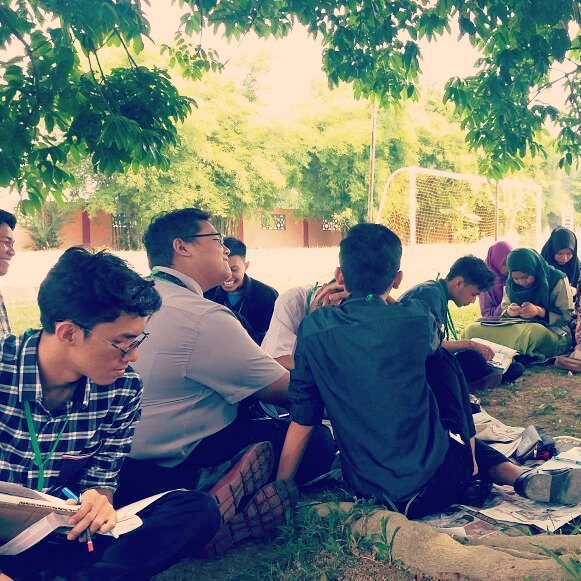
I was challenged to type as little as possible so here I am, sharing Cornell Note-Taking Method to you! This is the old but efficient way of taking down notes during your lectures, but with all the new technology revolving around us. I’m not sure that this is not needed anymore.
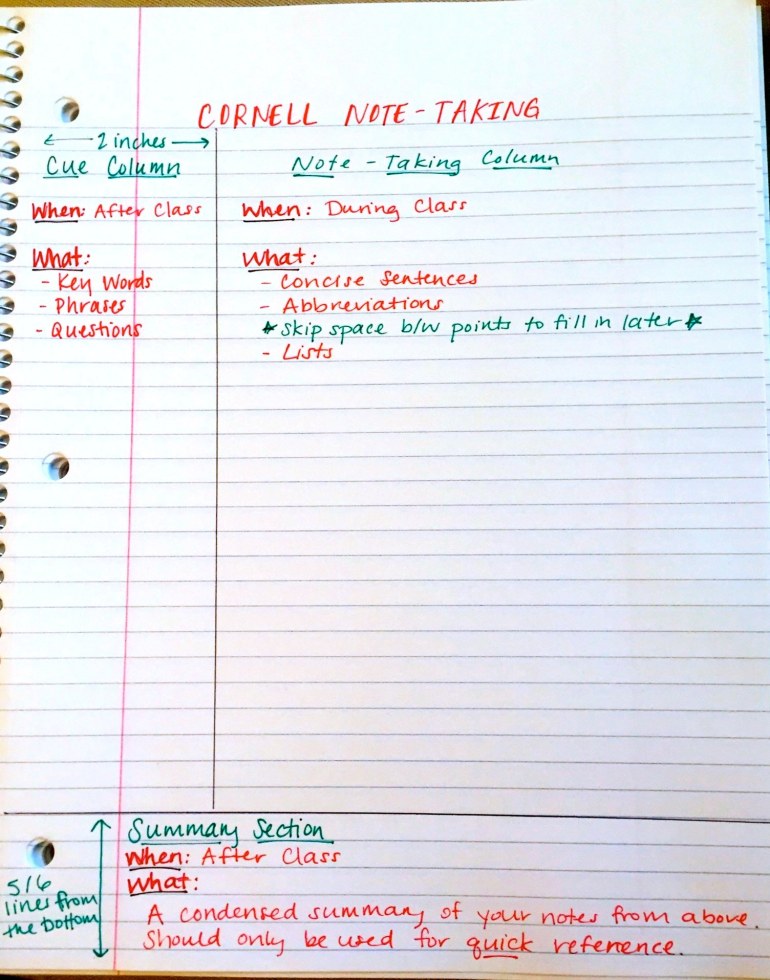
What is plagiarism ?
Many people think of plagiarism as copying another’s work or borrowing someone else’s original ideas. But terms like “copying” and “borrowing” can disguise the seriousness of the offense.So what is considered plagiarism ? :-
- Copying or submitting someone else’s work: From copying-and-pasting to buying term papers online, this is one of the most frequent and most serious types of plagiarism, according to Turnitin’s worldwide survey.
- Improper citation: This form of plagiarism can take various forms, such as not using quotation marks correctly, paraphrasing multiple sources by cobbling them together, and citing non-existent sources or inaccurate information from your sources.
- Self-plagiarism: Contrary to what many students believe, it is possible to plagiarize yourself (for example, borrowing “generously from [your own] previous work without citation,” or turning in a paper for one class that you wrote for another).
Before we delve in to the end of this read, let me show you my source for all this information.
- Forgetfulness – https://www.mayoclinic.org/healthy-lifestyle/healthy-aging/in-depth/memory-loss/art-20046518
- Plagiarism – https://www.plagiarism.org/article/what-is-plagiarism
- Time management – http://www.creativitypost.com/create/work_smarter_not_harder_21_time_management_tips_to_hack_productivity
CGPA Worksheet
Last but not least, this is how we should calculate our GPA and CGPA.
GPA = Addition of all credit points gain ÷ total credits

Academic Calendar
With my beautiful friend’s help, I was able to provide you the luxury of a google calendar!
Thank you for lending me your time and I hope you benefited from it!

